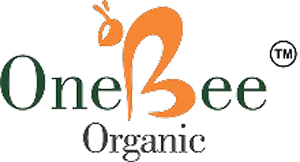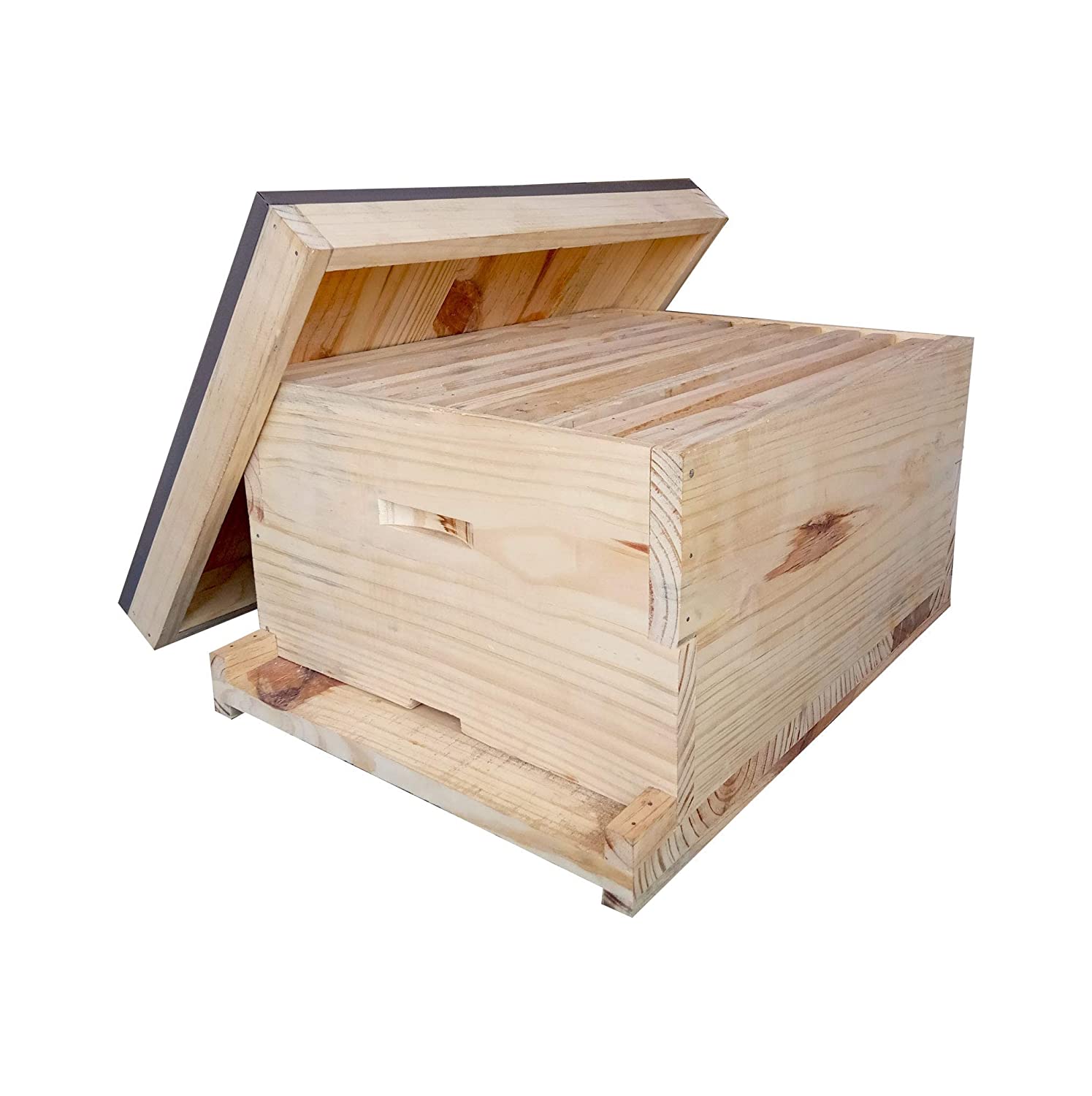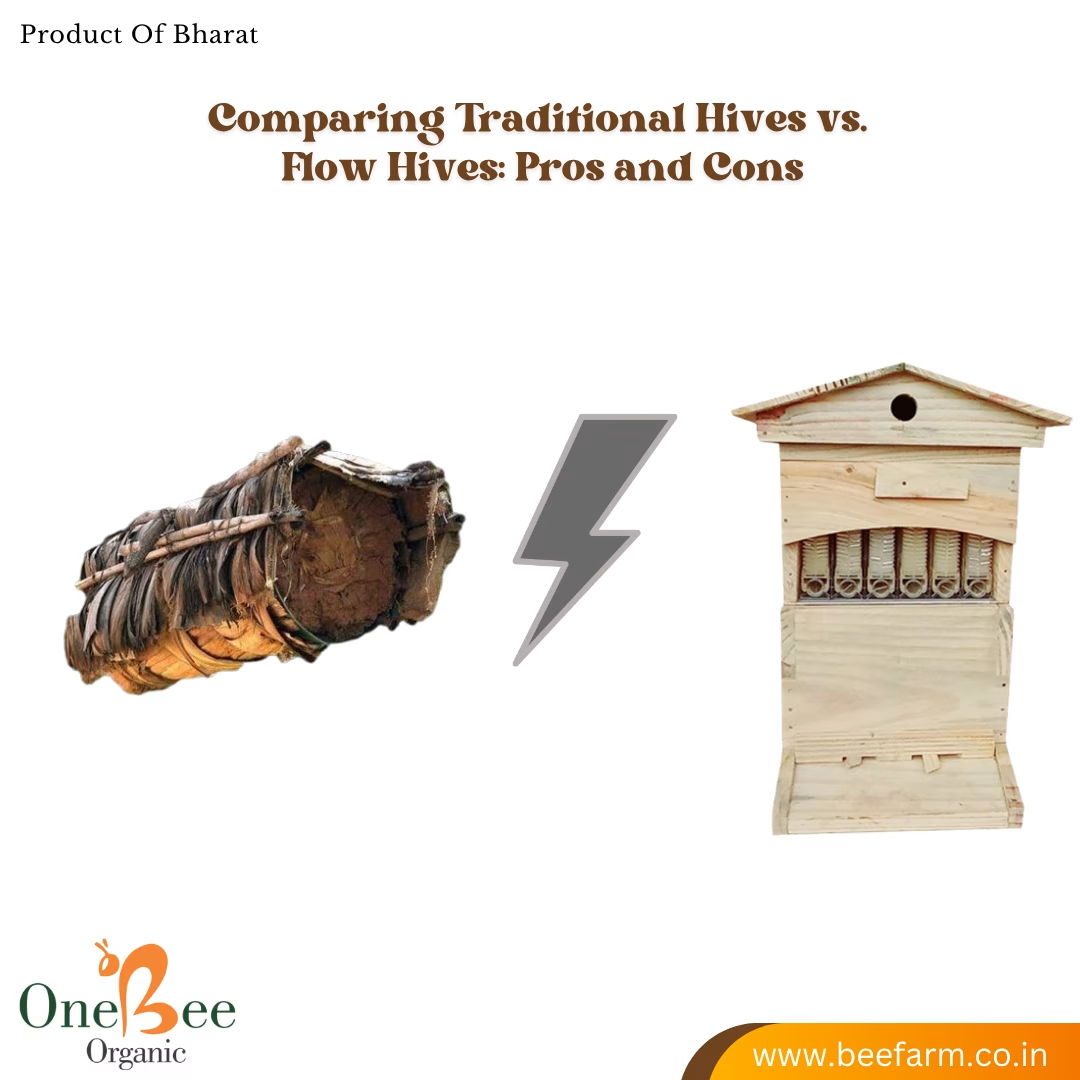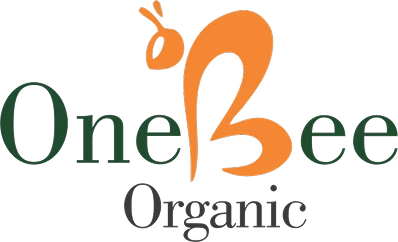Types of Apis Mellifera Beehives
Choosing the right Apis mellifera beehive is essential for effective beekeeping and maximizing pollination benefits. Various hive designs cater to different management styles, environmental conditions, and beekeeper preferences. Below are some of the most commonly used types:
- Langstroth Hive: The Langstroth hive remains the most popular choice among beekeepers. It features vertically stacked boxes with removable frames, making hive inspections and honey harvesting easy. Its structured design allows beekeepers to manage colonies efficiently while promoting high honey yields.
- Top-Bar Hive: Unlike the Langstroth, the top-bar hive has horizontal bars instead of removable frames. This design provides a more natural environment for bees and requires minimal intervention. However, it produces less honey and is less common in large-scale beekeeping.
- Warré Hive: Similar to the top-bar hive, the Warré hive uses a vertical stack of boxes, creating a natural and self-sustaining habitat for bees. Beekeepers add new boxes at the bottom, mimicking how bees build comb in the wild. This low-maintenance hive is ideal for those seeking a more eco-friendly and sustainable approach.
- Flow Hive: A modern innovation, the Flow hive simplifies honey harvesting. It features unique frames that allow honey to drain without disturbing the bees. This convenient system reduces labor and stress on the colony, making it an attractive option for hobbyists and beginner beekeepers.
No matter which Apis mellifera beehive you choose, maintaining a healthy and well-managed colony is crucial. Providing a safe environment and adopting sustainable practices will support both bee populations and the surrounding ecosystem.








Leave A Comment